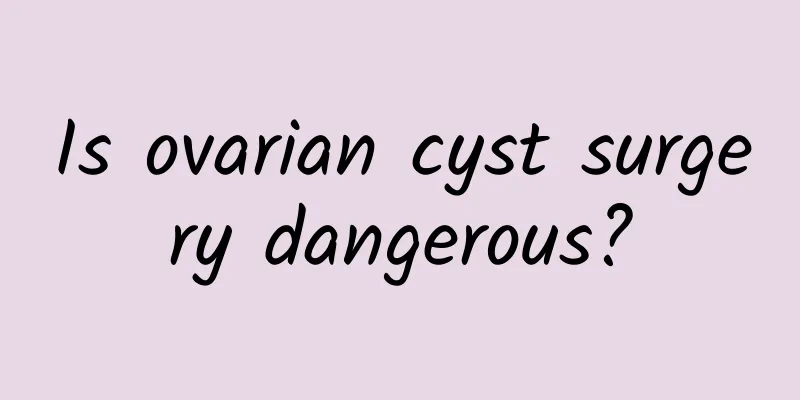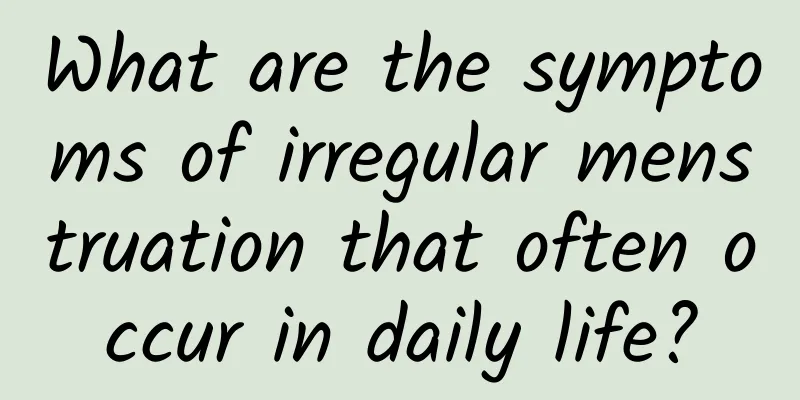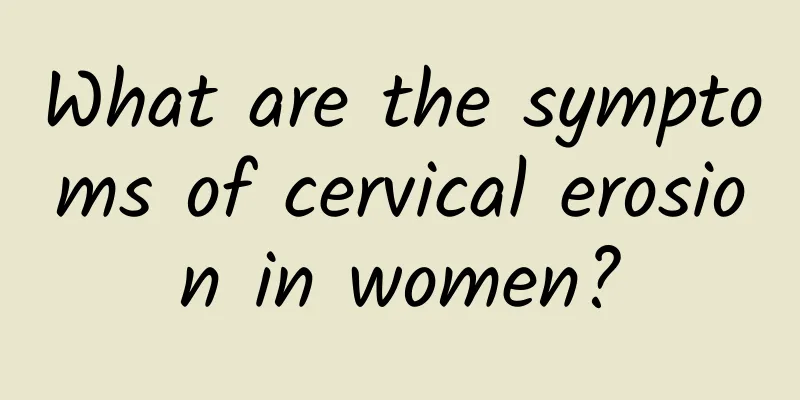Is ovarian cyst surgery dangerous?

|
Ovarian cyst surgery is now a routine operation with low risks, but care should be taken during the operation. For female patients who have not given birth, the ovaries should be protected as much as possible and condensation heat should be avoided as much as possible, because condensation heat can cause permanent damage to the ovaries; elderly women are advised to check ovarian function in advance to determine whether they have entered menopause, and doctors should notify patients in advance. If the patient is about 45 years old and has bilateral ovarian cysts, the doctor will consider removing the cysts and suturing them to maximize the protection of the ovaries. If the patient has given birth and is older, condensation heat can be performed. Diet after laparoscopic surgery for ovarian cyst Since carbon dioxide remains in the abdominal cavity after laparoscopic surgery, patients can increase the intake of vegetables and high-fiber fruits, avoid eating sweet milk, sweet potatoes, onions and other gas-producing foods, and reduce the incidence of postoperative abdominal distension. After surgery, the patient's body is in a relatively weak state and needs to increase the intake of nutrition appropriately. In the first few days, since the gastrointestinal function has not fully recovered, you can drink some broth, fish soup and porridge. After the gastrointestinal function is restored, you can eat more fish, beef, eggs, milk, fresh vegetables and fruits. Which is more serious, ovarian cyst or uterine fibroids? Benign uterine fibroids only require the removal of the uterine fibroids, retaining the normal uterus; malignant uterine fibroids and malignant ovarian cysts require the removal of the related ovaries and uterus, supplemented with radiotherapy and chemotherapy, which is very damaging to the human body and slow to recover. Benign ovarian cysts require the removal of ovarian cysts to maintain normal ovarian tissue; ovarian cysts and uterine fibroids need to be determined to be benign or malignant. Malignant ones have a greater impact and are mainly treated with surgical removal, supplemented with corresponding radiotherapy and chemotherapy. |
<<: How to cure chronic pelvic inflammatory disease
>>: How to deal with pelvic effusion after normal delivery
Recommend
What medicine can I take to eliminate uterine fibroids?
Uterine fibroids generally need to be eliminated ...
How much does minimally invasive surgery for pelvic inflammatory disease cost?
How much does minimally invasive surgery for pelv...
The best in the world! 1 liang of panda tea costs NT$100,000
What is the most expensive tea in the world? Acco...
Eat with peace of mind! Department of Health PaPaGo holds briefing
In view of the recent hot topics on health and sa...
Experts teach you four tricks to easily deal with dysmenorrhea
Although many female friends will experience dysm...
Bartholinitis is getting more and more painful. How to relieve the pain?
If the pain of Bartholin's glands gets worse,...
Normal color of ovulation bleeding
The normal colors of ovulation bleeding mainly in...
Does cervical hypertrophy require treatment?
Whether cervical hypertrophy requires treatment d...
Patients with ectopic pregnancy must undergo timely examination
Among gynecological diseases, ectopic pregnancy i...
One cup of pearl fruit shake cup is equal to one bowl of rice
If you want to control your weight, stay away fro...
Endometrial tuberculosis is not contagious
Is endometrial tuberculosis contagious? This is a...
Tianqi Tongjing Capsule for the treatment of dysmenorrhea
Tianqi Tongjing Capsule is a commonly used Chines...
How to treat infertility after abortion? It is recommended to treat infertility caused by abortion
Ms. Chen, 34 years old, had not gotten pregnant f...
How much do you know about cervical erosion?
Cervical erosion is one of the common gynecologic...
Progesterone and estrogen trials should be done in patients with amenorrhea
Amenorrhea is a common cause of female infertilit...









